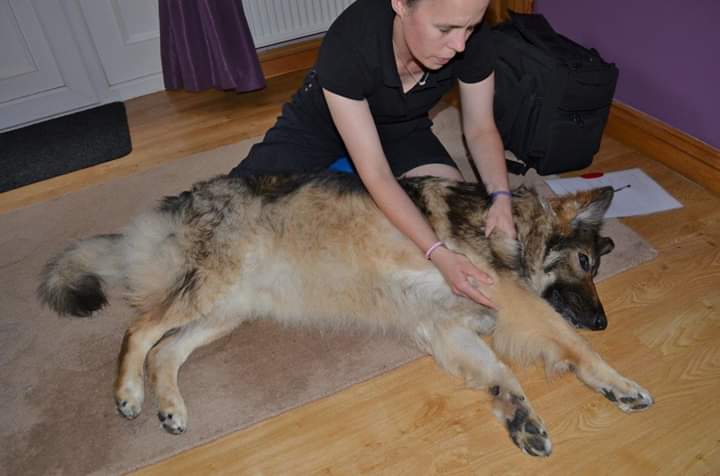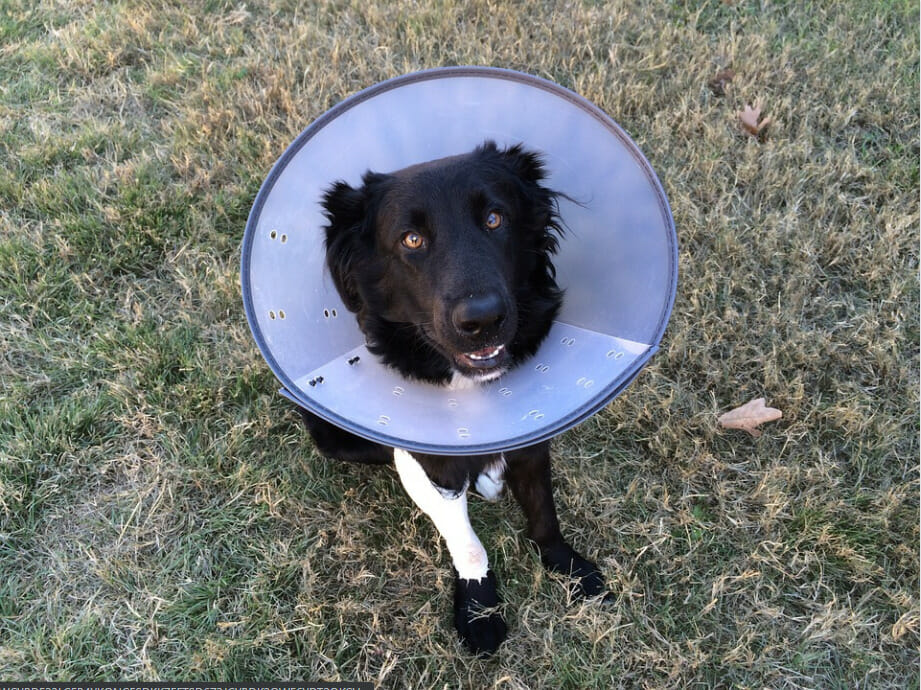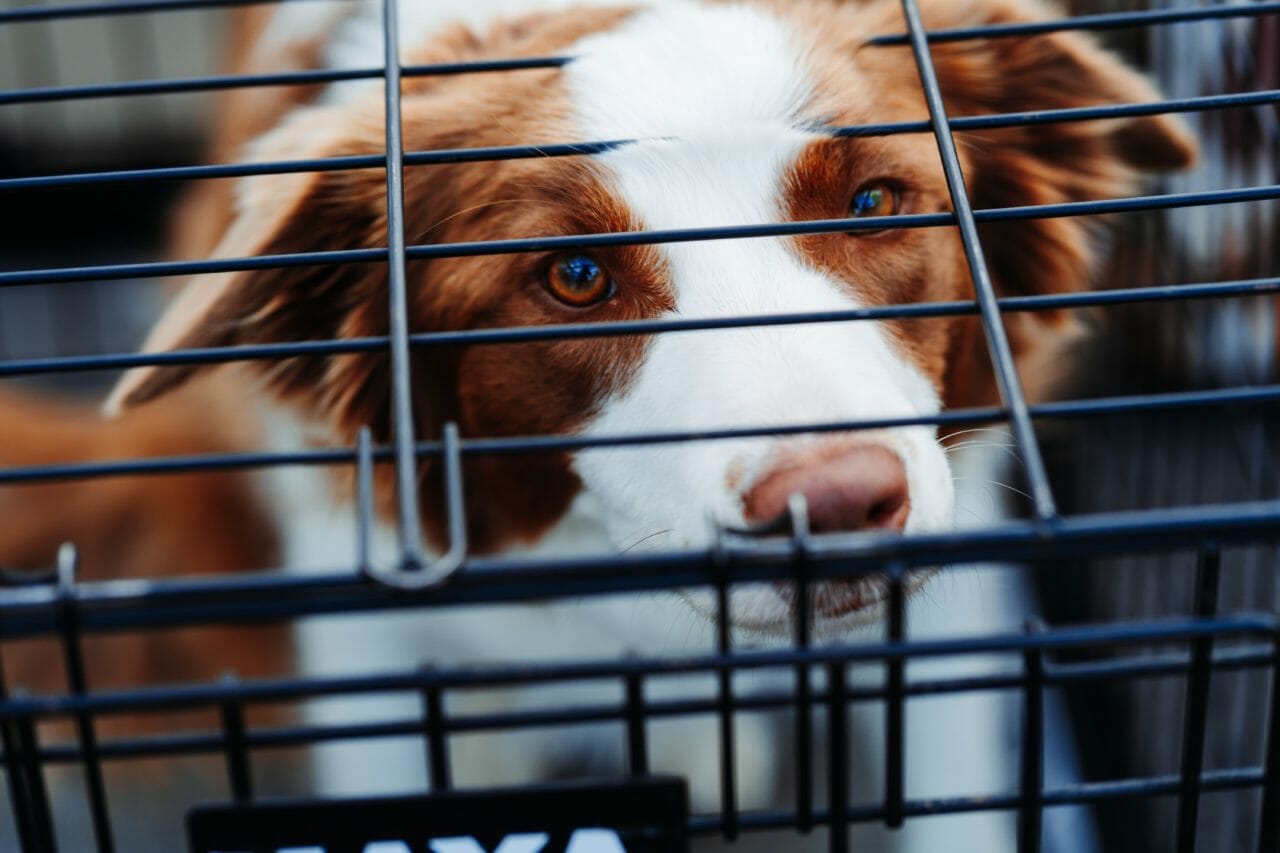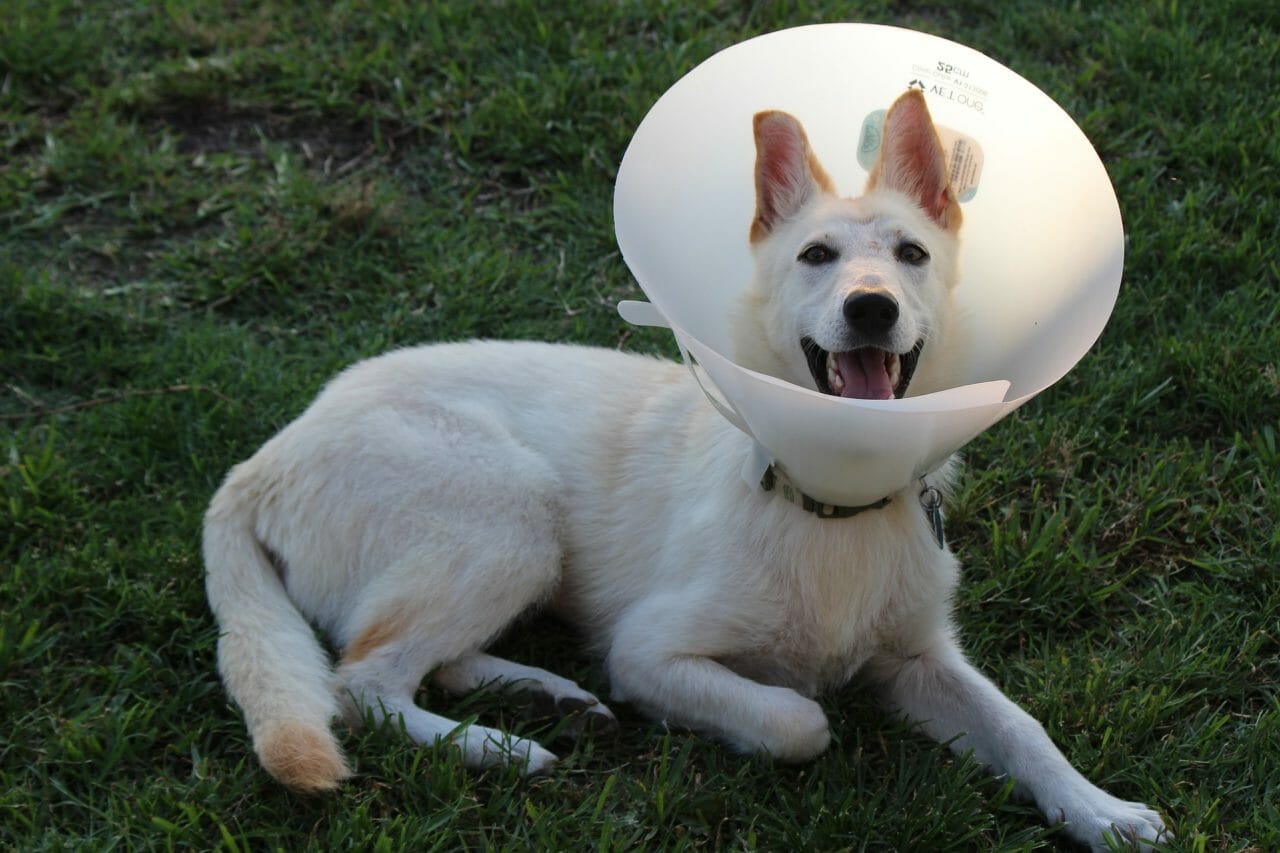Don’t let your dog’s mobility waste away
If you’re a dog owner, then you should be aware of gracilis myopathy. Not sure what it is? RehabPet.com is here to help.
In this blog post, we’ll help you understand:
- What exactly gracilis myopathy is
- Causes, symptoms, and treatments
- What to expect during recovery
If you have any additional questions about gracilis myopathy, follow up with your vet.
What Is Gracilis Myopathy?
Myopathy is a general term for a disease that affects the muscles that control voluntary movement in the body.
Gracilis Myopathy, also known as Dropped Muscle, is muscle atrophy that happens to a dog’s hind legs. It can affect dogs of any age, breed, or gender, but is most common in very active dogs like german shepherds due to the high demand they put on their muscles.
The gracilis muscle is responsible for extending the hock (or ankle) and stabilizing the stifle joint in the knee. When this muscle experiences an injury or a tear, it leads to weakness and eventually a deeper tear inside the belly of the muscle can happen. This is when gracilis myopathy forms.
Scar tissue forms and causes the muscle to become less flexible. As a result of gracilis myopathy, the muscle contracts excessively, reducing and shortening its usable length.
What Causes Gracilis Myopathy?
The most common cause of gracilis myopathy is repetitive microtrauma to the gracilis muscle. This can be from overuse — like too much running or jumping — or from a traumatic injury. Other causes include:
Degenerative Myelopathy
A disease that breaks down muscle fibers
Nutritional Deficiencies
Not getting enough vitamins and minerals can lead to gracilis myopathy
Infection
Certain viruses or bacteria can cause gracilis myopathy
Autoimmune Disease
When the body’s immune system attacks healthy tissue, it can lead to gracilis myopathy
What are the symptoms of Gracilis Myopathy?
Many issues that can be caused by other conditions can also be symptoms of gracilis myopathy, like hip dysplasia. It’s important to bring your dog to the vet if you notice any of the following changes:
- A shortened stride than usual when your dog walks
- Feet crossing over each other during basic activities
- Your pup’s hind limb giving out from under them while they’re standing
- Their hock joint appears stiff or locked
- Bunny hopping when they run
- Signs of pain, like yelping, crying or whimpering
How Is Gracilis Myopathy Diagnosed?
After taking a thorough history and doing a physical examination, your veterinarian will likely want to do some imaging tests — like x-rays or an MRI. This will help them see the severity of the muscle atrophy and any other abnormalities. They may also massage the gracilis muscle to see if there is any pain present.
Your vet might also recommend:
Blood Work
To rule out other causes of lameness like hip dysplasia
Muscle Biopsy
To check for any infectious diseases or autoimmune conditions
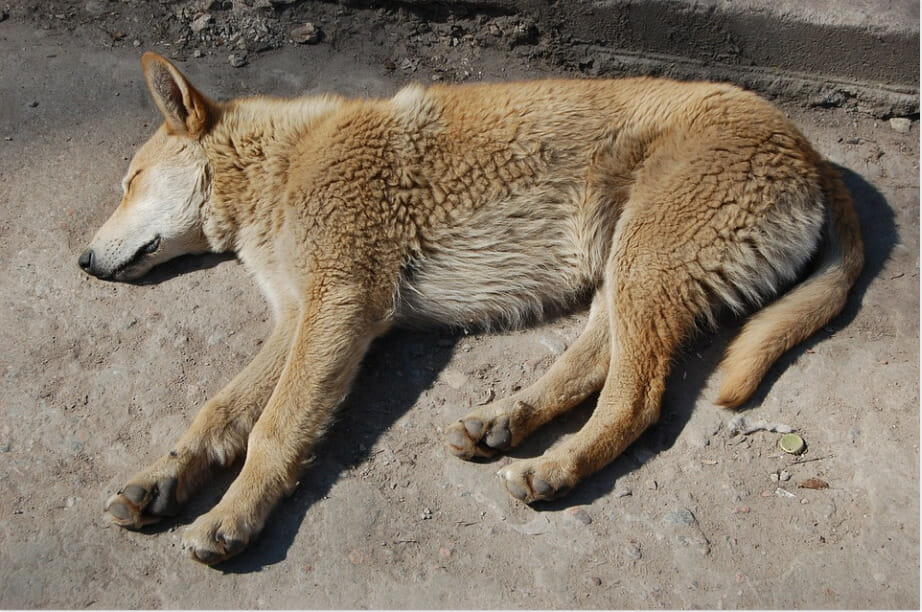
How Is Gracilis Myopathy Treated?
The treatment for gracilis myopathy will depend on the severity of the condition. For minor cases, your vet might recommend:
Massage Treatment
Massage from a professional animal massage therapist can help improve the flexibility of the scar tissue and reduce the pain.
Exercise Restriction
If your dog is putting too much strain on the gracilis muscle, he might need to take a break from normal activities. Depending on the severity of the injury, your vet may advise going on shorter walks or complete bed rest.
Anti-inflammatory Medication
To help with any pain and swelling associated with gracilis myopathy, your vet might prescribe steroids or other medications.
Surgery
For more severe cases, surgery might be necessary to remove the damaged muscle tissue and relieve pressure on the nerves. After surgery, your dog will need to go through physical therapy to help them regain its strength and mobility.
The prognosis for gracilis myopathy is good with early diagnosis and treatment. With proper care, your dog should be able to return to its normal activities within a few months.
The Surgical Option & Recovery
Surgery related to gracilis myopathy is serious and involves removing part of the muscle.
This means your dog may never fully regain the mobility he once had. But the surgery can also save your dog a lot of pain. So you’ll need to weigh the benefits against the risks.
If your dog needs surgery, a stay in the hospital for a day or two is typical. During this time, your pup will be on pain medication and will be watched over by the vet staff.
After being discharged, you’ll need to take it easy with your pup and follow your vet’s instructions. This will usually involve:
Rest
Your dog will need to stay calm and quiet to allow its incision to heal. This means no playing, jumping, or running for a few weeks.
Exercise Restriction
Even after the incision has healed, your dog will need to take things slow for a few months until he regains strength and mobility in the leg.
Physical Therapy
To help your dog regain their strength and mobility, you’ll likely need to take them to physical therapy sessions.
Closing Thoughts
The recovery process after surgery can be long, but with patience and proper care, your dog’s pain will be a thing of the past.
If you have any questions or concerns, be sure to reach out to your veterinarian. They can help you create a care plan that’s best for your dog. Gracilis myopathy can be a serious condition, but by following these steps, you can find the best solution for your dog!
